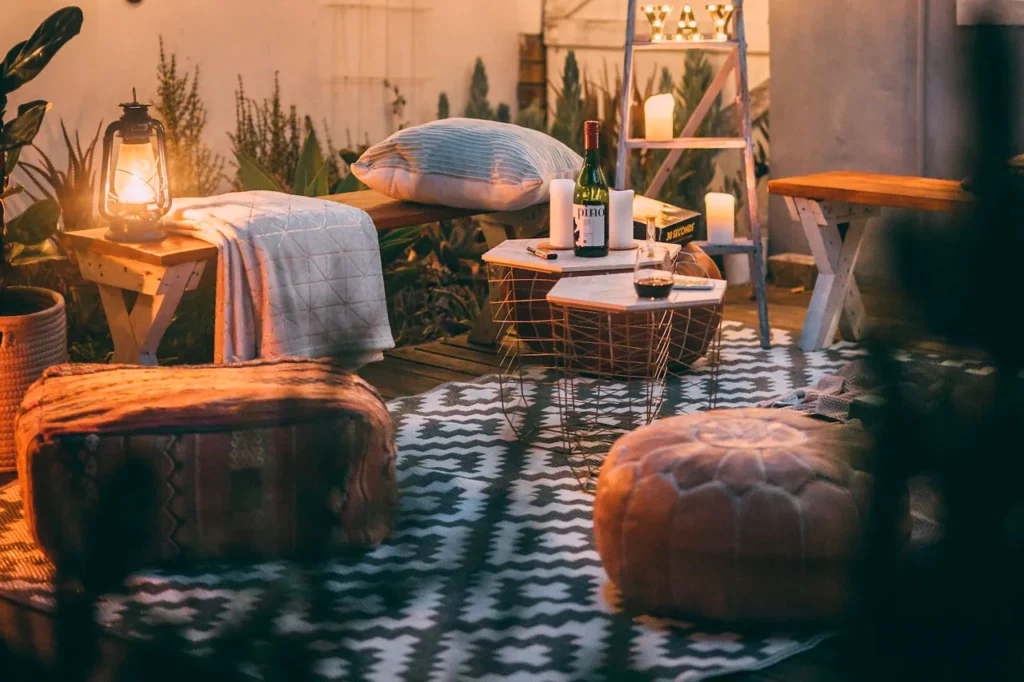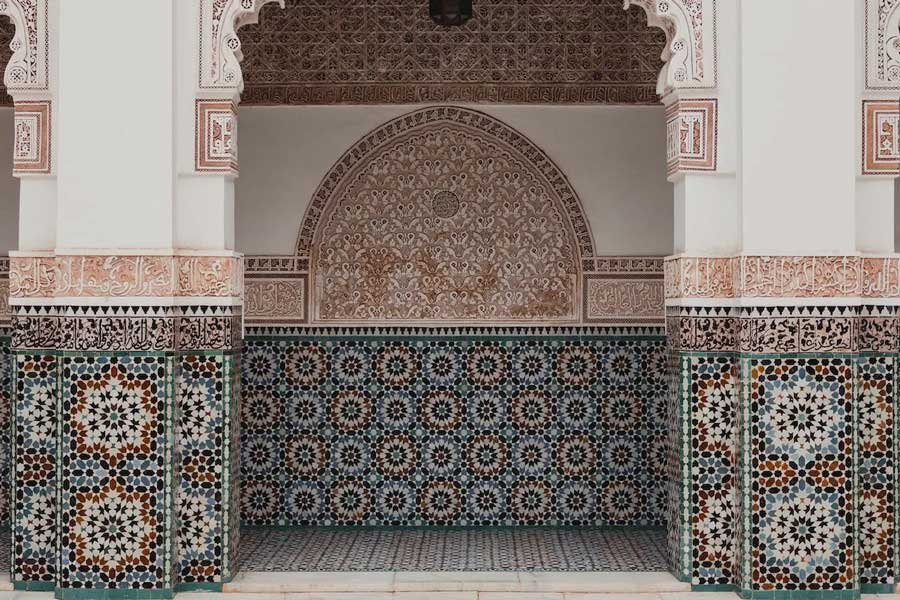Moroccan pottery is a captivating reflection of the country’s rich culture, blending ancient traditions with artistic innovation. These stunning works of art are not just utilitarian items; they are a testament to Morocco’s heritage and its enduring commitment to craftsmanship. In this blog post, we’ll take a journey through the world of Moroccan pottery, exploring its artistry and the traditions that have sustained it for centuries.
The Roots of Moroccan Pottery
The history of Moroccan pottery dates back over a thousand years. It has its origins in the diverse and influential cultures that have swept through the region, including the Berbers, Arabs, and Andalusians. Moroccan artisans have skillfully integrated these various cultural elements into their craft, creating a unique and recognisable style.
The Diverse Styles of Moroccan Pottery
Moroccan pottery comes in a wide array of styles and techniques. The most famous is the vibrant blue and white pottery from the city of Fez. This style often features intricate geometric patterns, florals, and calligraphy, demonstrating the influence of Islamic art. These meticulously hand-painted designs are a testament to the skill and patience of the artisans.
Another renowned style is Tamegroute pottery, originating from the town of Tamegroute in southern Morocco. This pottery is characterised by its earthy, green glaze and rustic, irregular shapes. It offers a contrast to the precise and symmetrical designs of Fez pottery, embodying a more organic and imperfect beauty.
The Making of Moroccan Pottery
The creation of Moroccan pottery is a labor-intensive process that demands both expertise and dedication. The clay used is often locally sourced and prepared, adding an element of authenticity to the pottery. Once shaped, the pieces are left to dry in the sun before being fired in traditional wood-burning kilns.
Artisans take pride in using traditional techniques that have been passed down through generations. Hand-painting, carving, and glazing are all painstakingly done by skilled craftsmen and craftswomen. This level of handcrafted detail is what sets Moroccan pottery apart from mass-produced items.

The Symbolism of Moroccan Pottery
Moroccan pottery is not just visually striking; it also holds cultural and symbolic significance. It is deeply woven into Moroccan traditions and rituals. For example, the famous Moroccan tagine, a slow-cooked stew, is traditionally cooked and served in a distinctive ceramic dish of the same name. These tagines not only cook food to perfection but also add an authentic touch to the Moroccan dining experience.
In Moroccan culture, pottery is also believed to bring good fortune and protect against negative energy. Many Moroccans use pottery items in their homes to honour this belief. The iconic blue colour, often used in Moroccan pottery, is thought to symbolise protection and ward off evil spirits.
Preserving Moroccan Pottery Artistry
In a rapidly modernising world, Moroccan pottery faces challenges. Mass production and changing consumer preferences have led to a decline in traditional pottery production. However, many artisans and organisations are working tirelessly to preserve this cultural treasure.
Visiting Morocco, you’ll have the chance to see artisans at work, producing these beautiful pieces. By supporting local artisans and purchasing their creations, you contribute to the continuation of this time-honored craft.

Moroccan pottery is not merely functional; it is a testament to the enduring artistry and traditions of this North African nation. Each piece tells a story, not just of the hands that crafted it, but of the history and culture that have shaped it. In a world that often prioritises convenience and mass production, Moroccan pottery serves as a reminder of the beauty of traditional craftsmanship and the importance of preserving cultural heritage. So, the next time you admire a piece of Moroccan pottery, know that you’re not just holding art in your hands, but a piece of Morocco’s rich history and enduring tradition.



